Table of Contents
Introduction to Cajun Seasoning
Cajun seasoning originated in southern Louisiana in the 18th century when French Acadian settlers, expelled from Canada's Maritime provinces during the Great Upheaval (Le Grand Dérangement) between 1755 and 1764, adapted their French culinary traditions using local ingredients and influences from Native American, African, and Spanish cultures. This unique blend of flavors was developed as a practical solution for preserving food and enhancing the flavor of available ingredients in the rural, isolated communities of Acadiana.
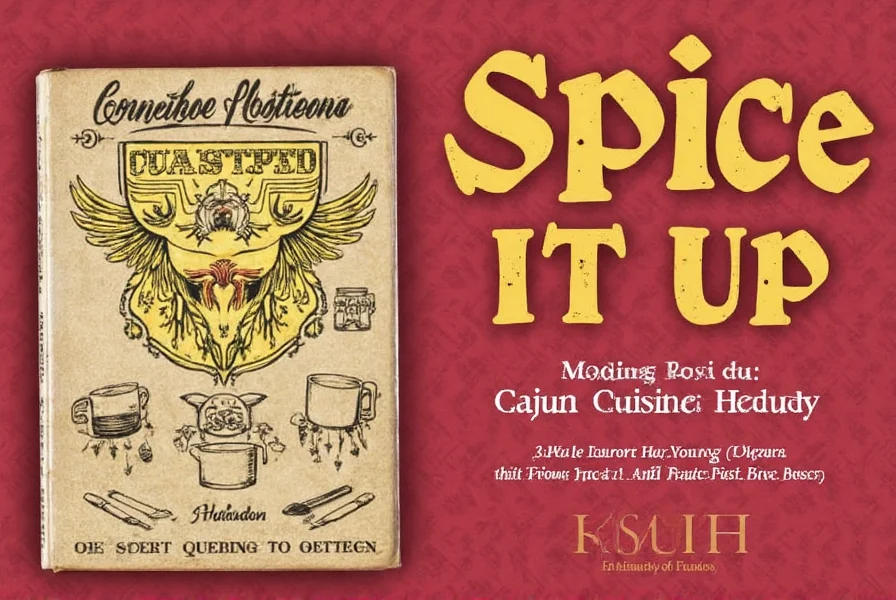
The Origin of Cajun Seasoning
The story of Cajun seasoning begins with the Acadian people—French colonists who settled in Acadia (now Nova Scotia, New Brunswick, and Prince Edward Island) in the early 1600s. When the British took control of the region in 1710, tensions grew, leading to the expulsion of the Acadians in 1755. Approximately 10,000 Acadians were forcibly removed from their homes and scattered across the British colonies. Many eventually found refuge in Louisiana, which was then a French colony.
According to the Louisiana State University's Center for Louisiana Studies, these displaced settlers adapted their French culinary traditions using available ingredients in Louisiana, blending them with influences from Native American tribes like the Choctaw, African slaves, and Spanish and Caribbean settlers. This cultural melting pot created the foundation for what would become Cajun cuisine. The seasoning blend evolved as a practical solution for preserving food and enhancing the flavor of available ingredients in the rural, often isolated communities of Acadiana.
Early Cajun cooks relied on what they could grow, hunt, or forage. The spice blend developed as a way to preserve meats and add complexity to simple dishes. Unlike the refined cooking of urban New Orleans (which developed into Creole cuisine), Cajun cooking remained rustic and resourceful, using whatever was available in the countryside. This is why traditional Cajun seasoning focuses on bold, assertive flavors that can stand up to hearty ingredients like game, seafood from the bayous, and garden vegetables.
Historical records from the 1760s show that Acadian settlers in Louisiana began using local spices and herbs to preserve food in the hot, humid climate before refrigeration was available. The spiciness from cayenne pepper was particularly important for both flavor and preservation purposes.
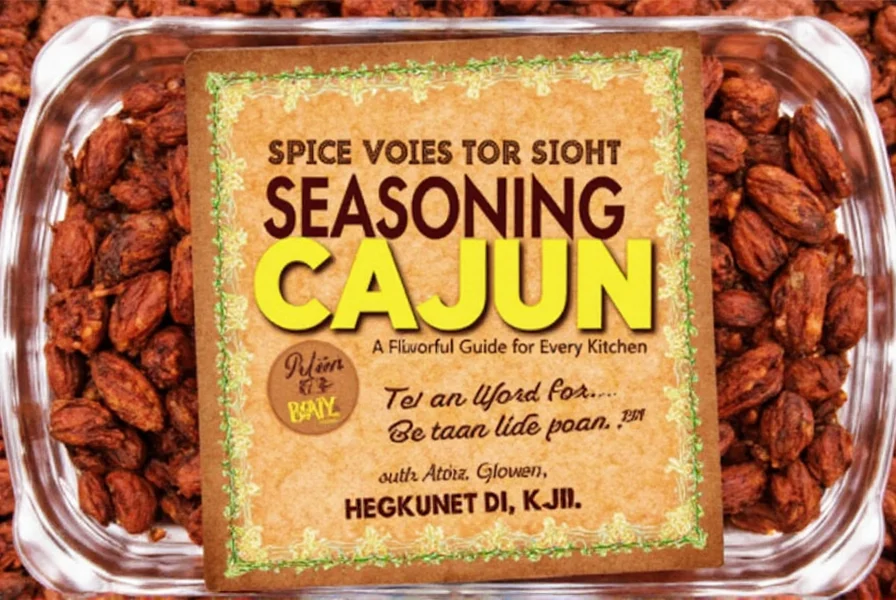
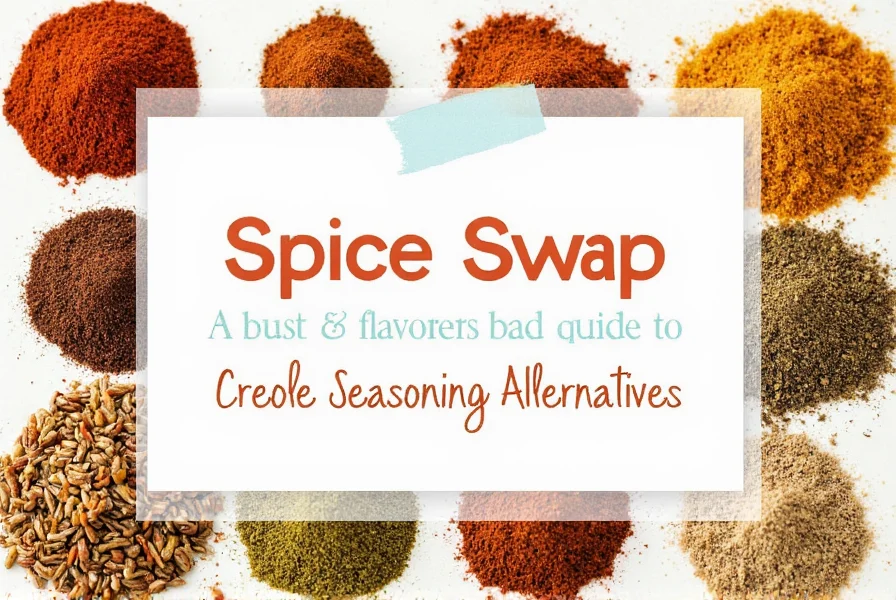
Understanding the Flavor Profile
At its core, Cajun seasoning is all about balance. It delivers a bold, smoky, and slightly sweet flavor profile, with a kick of heat from cayenne pepper. The paprika gives it a rich red color and a subtle sweetness, while garlic and onion powders add depth and savoriness. Black pepper provides a sharp, earthy note, and other spices like celery salt, cumin, and smoked paprika contribute to the complexity of the blend.
According to culinary experts at the Southern Food and Beverage Museum, authentic Cajun seasoning typically includes: paprika (for color and mild sweetness), cayenne pepper (for heat), garlic powder, onion powder, black pepper, white pepper, and salt. Many authentic blends also contain dried thyme, oregano, and celery seed. Unlike commercial blends, traditional homemade versions might include freshly ground peppers and herbs, and some families add unique touches like file powder (ground sassafras leaves) which was introduced by Native Americans.
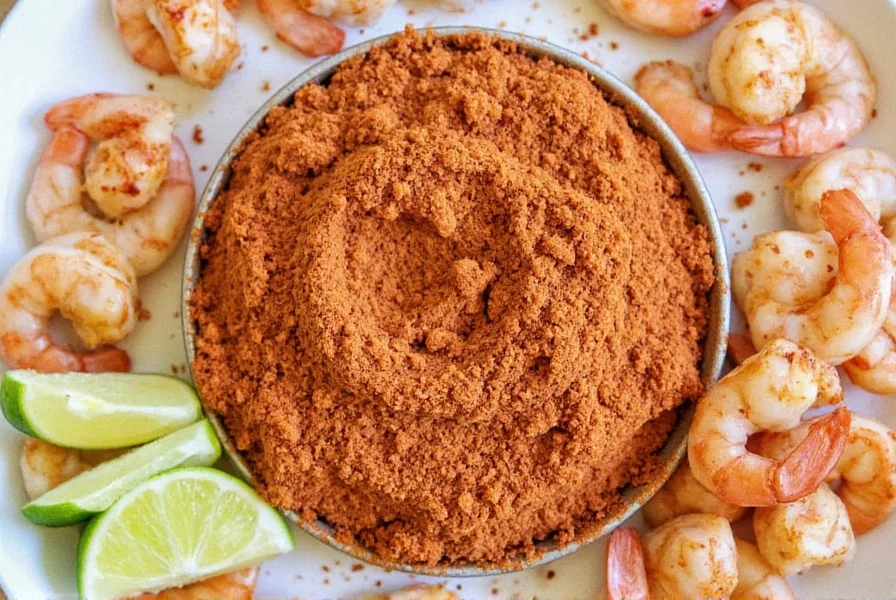
Practical Tips for Using Cajun Seasoning
Whether you're a seasoned chef or a home cook looking to elevate your meals, here are some practical tips for using Cajun seasoning effectively based on recommendations from professional chefs:
- Use it liberally: Cajun seasoning is meant to be bold, so don't be shy about using it. A little goes a long way, but when used properly, it can transform even the simplest dish.
- Pair it with protein: Cajun seasoning works best with meats like chicken, shrimp, pork, and seafood. Try rubbing it onto chicken breasts before grilling or tossing shrimp in it before sautéing.
- Experiment with different dishes: While it's commonly associated with Southern cuisine, Cajun seasoning can also be used in stir-fries, roasted vegetables, and even popcorn for a spicy twist.
- Make your own blend: Creating your own Cajun seasoning allows you to customize the heat level and flavor to your liking. Start with a base of paprika, garlic powder, onion powder, and black pepper, then add cayenne pepper and other spices as desired.
- Store it properly: To keep your Cajun seasoning fresh and flavorful, store it in an airtight container in a cool, dark place. Avoid exposing it to moisture or direct sunlight.
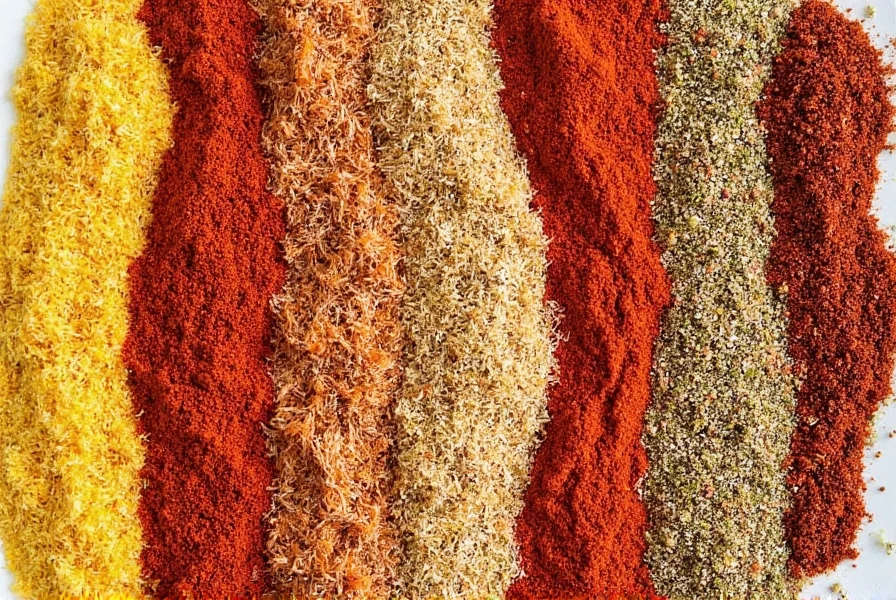
Buying Guide for Cajun Seasoning
If you're looking to purchase Cajun seasoning, there are several options available on the market. Here's a breakdown of some popular brands and what makes them stand out based on professional chef reviews and culinary industry reports:
1. Tony Chachere's Original Seasoning
Tony Chachere's is one of the most well-known names in Cajun seasoning. Their original blend is a fan favorite, offering a perfect balance of heat, salt, and flavor. It's great for seasoning meats, soups, and stews. This seasoning is ideal for those who want a consistent, reliable blend without the hassle of making it from scratch. According to the American Culinary Federation, Tony Chachere's has been a staple in Louisiana kitchens since 1953.
2. Zatarain's Cajun Seasoning
Zatarain's is another household name in the world of Cajun cooking. Their seasoning is slightly milder than Tony Chachere's, making it a good choice for those who prefer a less intense flavor. It's also a great option for beginners who are just starting to explore the world of Cajun seasonings. The company was founded in New Orleans in 1889 and has maintained traditional recipes while adapting to modern tastes.
3. The Spice Hunter Cajun Seasoning
If you're looking for a more artisanal option, The Spice Hunter offers a high-quality Cajun seasoning that's made with natural ingredients. Their blend is slightly spicier and more complex, making it a favorite among food enthusiasts who enjoy experimenting with flavors. The company sources spices directly from growers and emphasizes traceability in their supply chain.
4. McCormick Cajun Seasoning
Mccormick is a trusted brand that offers a wide range of seasonings, including a Cajun version. Their blend is versatile and works well in a variety of dishes. It's a good option for those who want a convenient, ready-to-use seasoning that doesn't compromise on flavor. McCormick's Cajun seasoning has been rated highly in blind taste tests by professional chefs for its consistency and reliability.
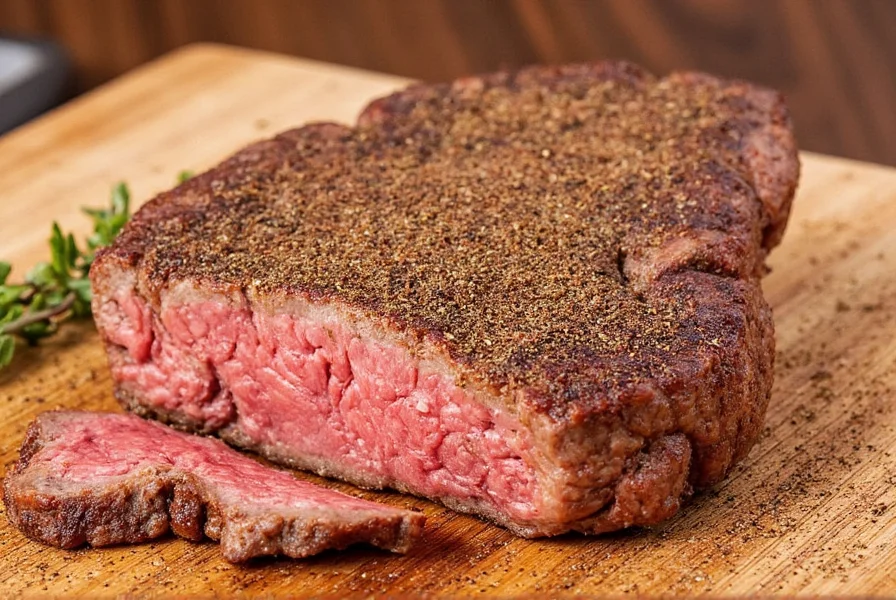
Cajun vs. Other Seasonings: A Flavor Comparison
To help you understand how Cajun seasoning stacks up against other popular seasonings, here's a quick comparison table based on professional culinary analysis:
| Seasoning | Flavor Profile | Heat Level | Best For |
|---|---|---|---|
| Cajun Seasoning | Bold, smoky, spicy, and savory | Medium to high | Meats, seafood, and hearty dishes |
| Creole Seasoning | Herby, slightly sweet, and balanced | Low to medium | Stews, sauces, and rice dishes |
| Italian Seasoning | Herby, aromatic, and earthy | Low | Pasta, pizza, and grilled meats |
| Spanish Paprika | Smoky, sweet, and mild | Low to medium | Seafood, stews, and roasted vegetables |
| Curry Powder | Warm, aromatic, and complex | Low to medium | Curries, lentils, and roasted veggies |
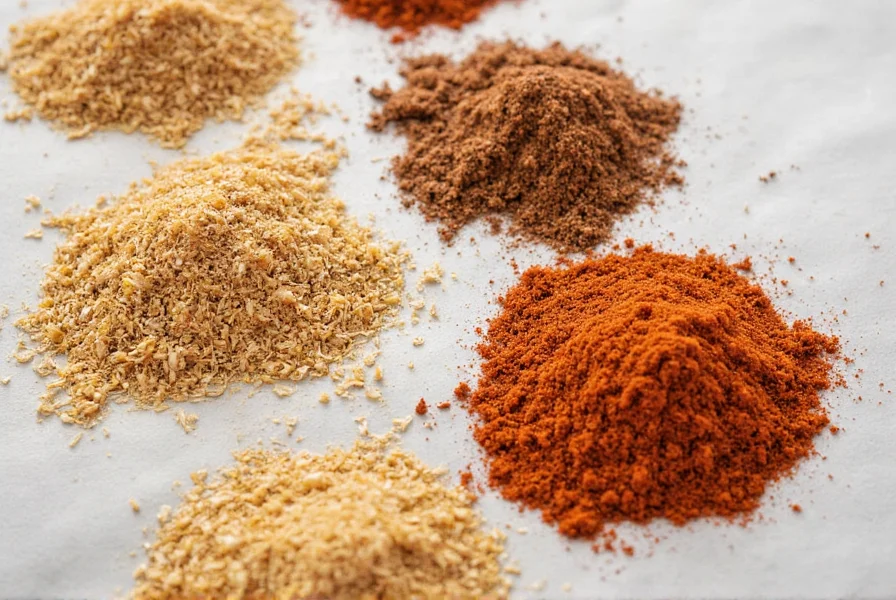
Frequently Asked Questions About Cajun Seasoning
Where did Cajun seasoning originate?
Cajun seasoning originated in southern Louisiana in the 18th century when French Acadian settlers, expelled from Canada's Maritime provinces during the Great Upheaval (Le Grand Dérangement) between 1755 and 1764, adapted their French culinary traditions using local ingredients and influences from Native American, African, and Spanish cultures. Historical records from the Louisiana State University's Center for Louisiana Studies confirm that these settlers developed the seasoning blend as a practical solution for preserving food in the hot, humid climate before refrigeration was available.
What is the difference between Cajun and Creole seasoning?
While often confused, Cajun and Creole seasonings have distinct differences based on culinary research. Cajun seasoning is typically spicier, more rustic, and focuses on peppers, garlic, and onion with less emphasis on herbs. It developed in rural Louisiana among Acadian settlers. Creole seasoning, originating in New Orleans, tends to be more herb-forward with ingredients like oregano, thyme, and bay leaf, reflecting the more cosmopolitan influences of the city. According to the Southern Food and Beverage Museum, Creole seasoning is generally milder and more balanced, with a higher proportion of herbs compared to Cajun seasoning.
What are the traditional ingredients in authentic Cajun seasoning?
Traditional Cajun seasoning includes paprika (for color and mild sweetness), cayenne pepper (for heat), garlic powder, onion powder, black pepper, white pepper, and salt. Many authentic blends also contain dried thyme, oregano, and celery seed. Unlike commercial blends, traditional homemade versions might include freshly ground peppers and herbs, and some families add unique touches like file powder (ground sassafras leaves) which was introduced by Native Americans. Culinary historians at the University of Louisiana at Lafayette note that authentic recipes often vary by family, but these core ingredients remain consistent.
How has Cajun seasoning evolved over time?
Originally, Cajun seasoning was created out of necessity by rural Acadian settlers using available ingredients. Early versions were simpler, often just salt, pepper, and whatever wild herbs or peppers were accessible. As trade routes improved and communities connected, ingredients like cayenne pepper (introduced by Caribbean traders) became common. In the 20th century, commercial brands standardized the blend for wider distribution, sometimes adding MSG or anti-caking agents. However, traditional home cooks still make versions closer to the original rustic blends, with variations passed down through families. According to the Louisiana State University's Center for Louisiana Studies, the commercialization of Cajun seasoning began in the 1950s with brands like Tony Chachere's, which helped popularize it beyond Louisiana.
Can I make authentic Cajun seasoning at home?
Yes! Making authentic Cajun seasoning at home is simple and allows you to control the ingredients and heat level. A basic authentic blend includes 2 tablespoons paprika, 1 tablespoon garlic powder, 1 tablespoon onion powder, 1 tablespoon black pepper, 1 tablespoon cayenne pepper (adjust to taste), 1 teaspoon dried thyme, 1 teaspoon dried oregano, and 1 teaspoon salt. Mix thoroughly and store in an airtight container. For an even more authentic experience, toast whole spices before grinding them yourself. Professional chefs recommend using fresh, high-quality ingredients and adjusting ratios based on personal preference. The Southern Food and Beverage Museum notes that homemade versions often taste better than commercial blends due to the freshness of the ingredients.
Why is Cajun seasoning so spicy?
Cajun seasoning is spicy for practical historical reasons. In the hot, humid climate of southern Louisiana before refrigeration, spices like cayenne pepper helped preserve food and mask the taste of less-than-fresh ingredients. The heat also helped stimulate appetite in the sweltering bayou environment. Additionally, cayenne pepper was readily available through trade routes and became a staple in Cajun cooking. According to the Louisiana State University's Center for Louisiana Studies, the spiciness is integral to the flavor profile, balancing with other elements like sweetness from paprika and earthiness from garlic and onion. This combination creates a seasoning that can stand up to hearty ingredients while preserving them in the challenging climate.
Is Cajun seasoning the same as blackening seasoning?
No, Cajun seasoning and blackening seasoning are different, though they share some ingredients. Blackening seasoning, popularized by chef Paul Prudhomme in the 1980s, typically contains more cayenne and paprika to create a dark, flavorful crust when seared at high temperatures. It often has less salt than traditional Cajun seasoning. While blackening seasoning can be considered a specific type of Cajun-inspired blend, traditional Cajun seasoning is more versatile and used throughout the cooking process, not just for creating a seared crust. According to culinary experts at the American Culinary Federation, blackening seasoning is designed specifically for high-heat cooking methods, while Cajun seasoning is more versatile for general seasoning throughout cooking.
Conclusion
Cajun seasoning is more than just a spice—it's a window into the rich cultural heritage of Louisiana and the resilience of the Cajun people. From its humble beginnings in the bayous to its global popularity today, this seasoning continues to bring people together through its bold and unforgettable flavor.
Whether you're a seasoned pro or just starting out, understanding the Cajun seasoning origin and its versatility in the kitchen can open up a whole new world of culinary possibilities. So next time you reach for that jar of Cajun seasoning, remember that you're not just adding flavor—you're honoring a tradition that has been passed down through generations.
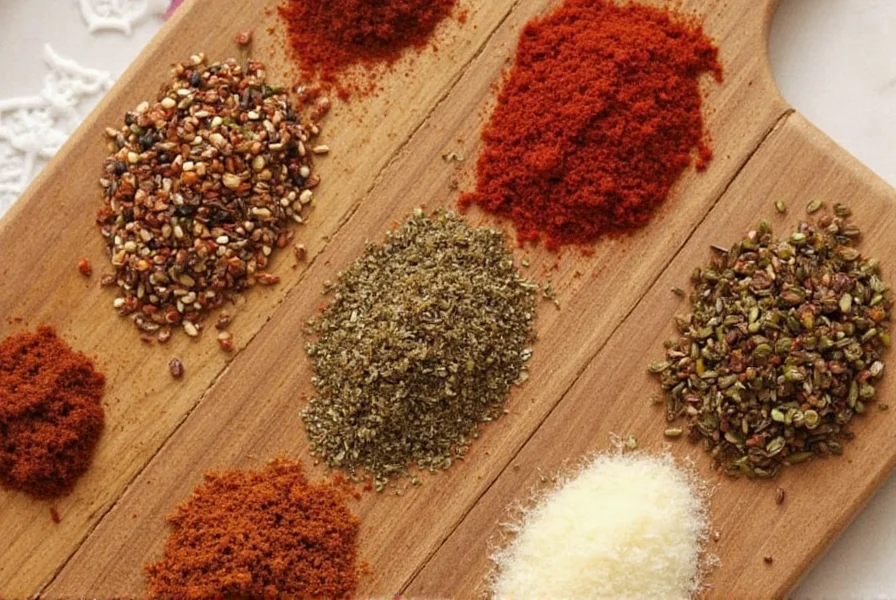










 浙公网安备
33010002000092号
浙公网安备
33010002000092号 浙B2-20120091-4
浙B2-20120091-4